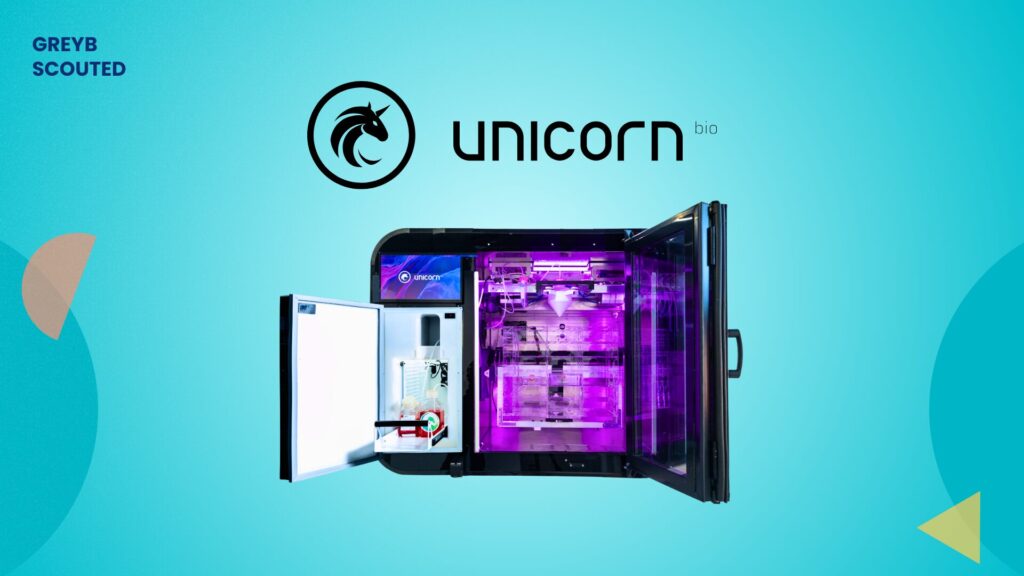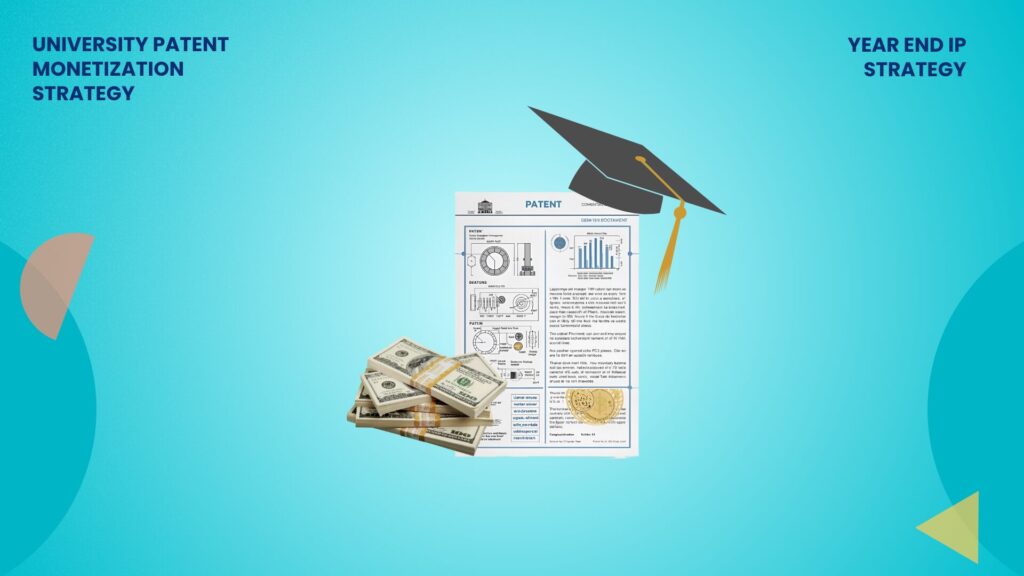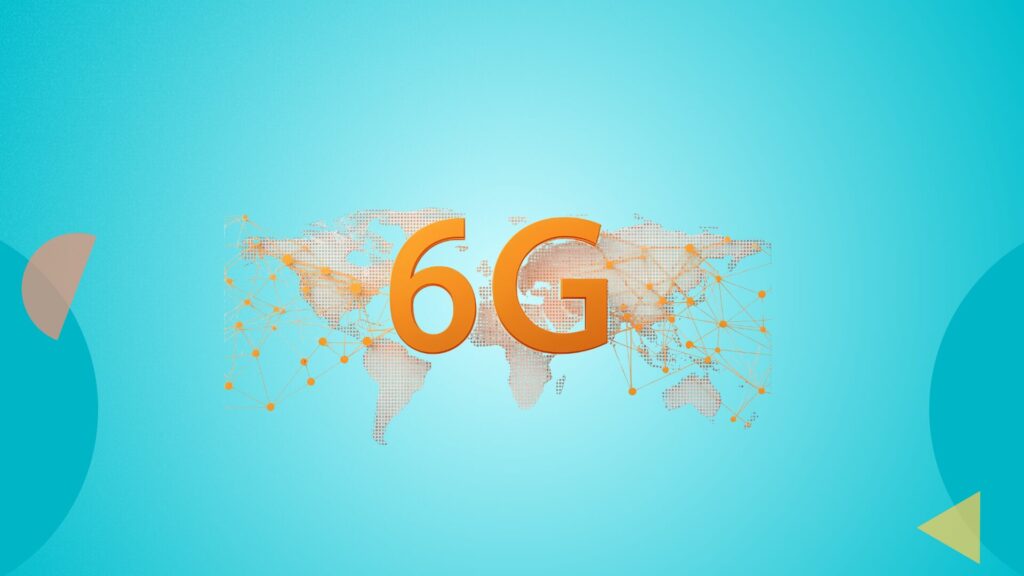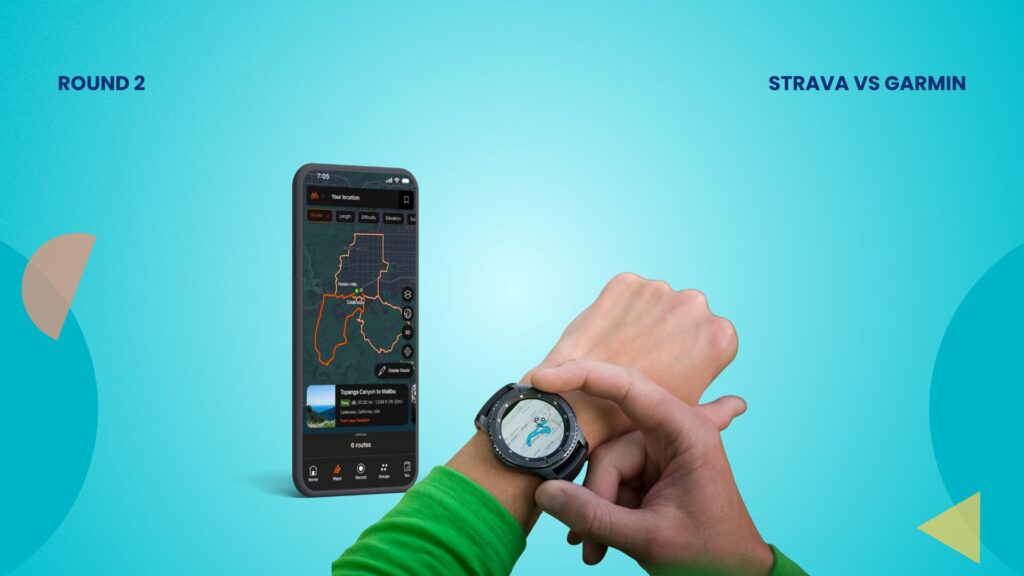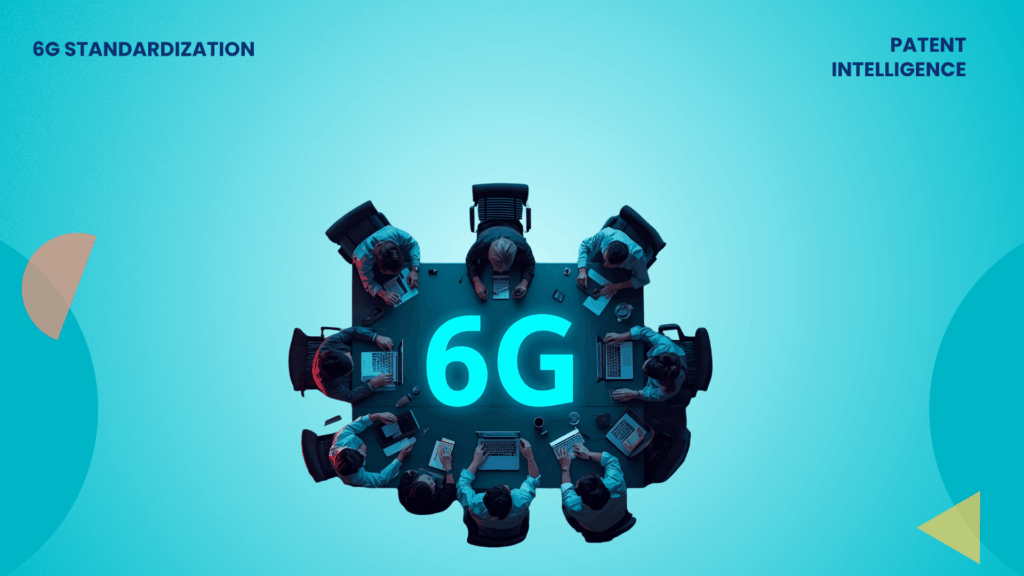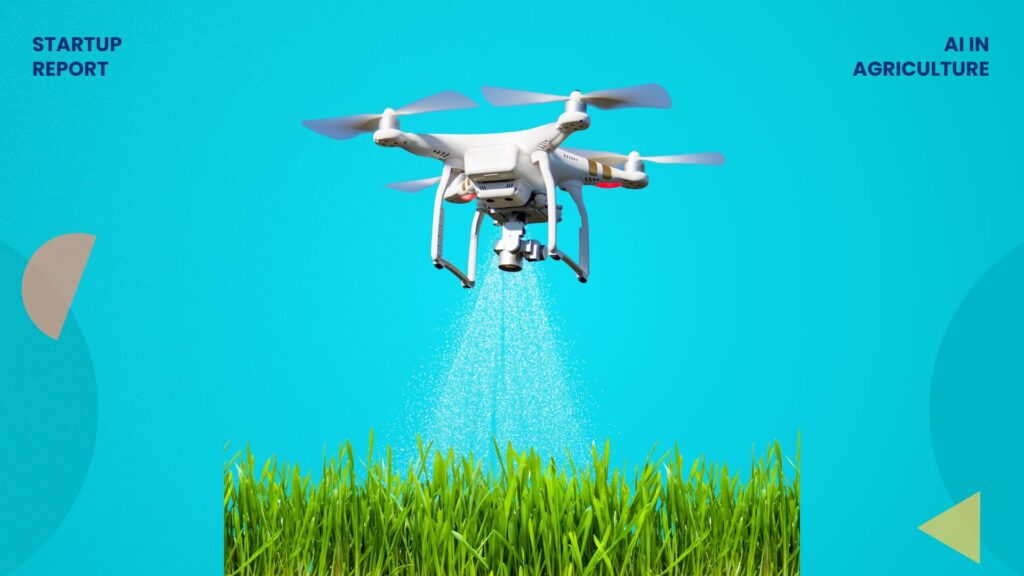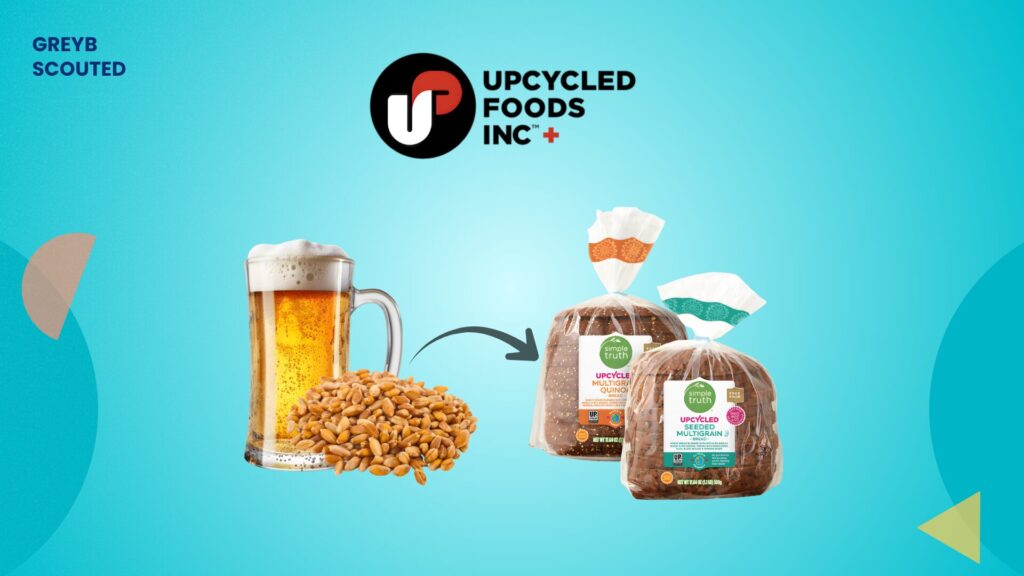There’s no shortage of data when it comes to patent valuation. Legal guidelines, product specs, and market figures are easily accessible. But in practice, these pieces often don’t connect. Patent claims are analyzed, but they’re not always linked to how products work. Market relevance is understood, but it’s often not presented in a way that can be verified. Royalty models are discussed, but they often seem disconnected from how the technology is really used or valued by buyers.
This gap will cause delays in decision-making, whether you’re working with litigation investors who need fast, actionable financial insights or with business leaders who need to know if a patent delivers the promised return on investment. Recent data shows that in the U.S., at least 30% of patent infringement cases are backed by outside litigation investors. They expect rigorous financial analysis before putting capital at risk. In parallel, operating companies are under pressure to prove that their patents deliver tangible ROI, since only about 3–5% of a typical tech portfolio generates most of the value. In this environment, a structured and defensible valuation is a necessity.
What’s missing is a method that directly links claim scope to market behavior, mapping features to defensible royalty models. That’s where a cleaner, more systematic approach comes in. One that moves from technical merit to real-world impact swiftly and clearly, without losing rigor. This checklist will guide you through a rapid, actionable patent valuation framework, one that produces attorney-ready outputs before litigation even begins.
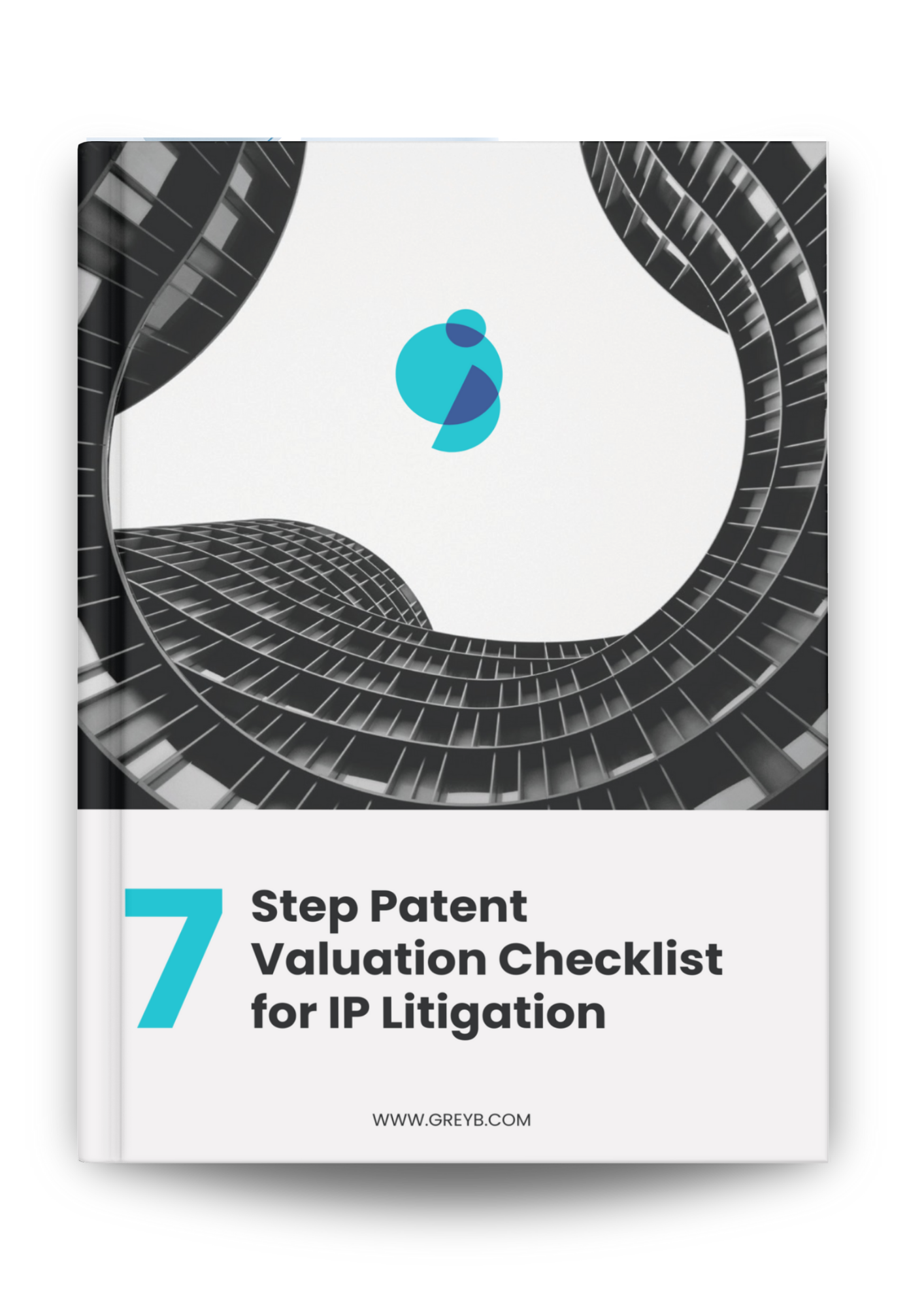
Let’s walk through the valuation of a patent covering a motion-triggered unlock method, similar to the one in USXXXX.
Claim
a display unit having a panel to display a screen to set the mobile device to a security mode requiring a security check process to enter a password for a user to access a normal mode of the mobile device;
a sensor configured to sense a motion of the mobile device; and
a control unit configured such that the user accesses the normal mode of the mobile device without the security check process.
Step 1: Understand the Patented Feature
Example: A mobile security system that allows unlocking a phone by sensing motion and capturing an image, used to bypass password entry (e.g., face unlock or raise-to-wake unlock).
- Precisely define the patented feature
Avoid generic definitions, such as “biometric unlock.” In this case, the claim refers to a motion-triggered image capture mechanism that bypasses password entry — a distinctive unlock workflow. This aligns with the claim language that mentions a display unit, motion sensor, and control unit. - Map feature to technical claim language
Break down the feature and align it with the claim language. In this case, the claim describes:- A display unit (for showing the device’s screen),
- A motion sensor (detecting the phone’s motion),
- A control unit (triggering an unlock without requiring a password).
- Capture its real-world behavior
In the target phone, raise-to-wake activates face unlock automatically—this is the tangible user interaction driven by the patent.
Step 2: Identify High-Value Patents and Family Members
- Highlight related patents with overlapping claims
For instance, family members that describe variants like facial recognition via dot projection, depth sensing, etc. - Look for jurisdictions with market relevance
Patents granted in the US, Europe, or China carry more weight in terms of licensing and litigation for mobile devices. - Ensure continuity across models and product generations
E.g., the patented unlock method is likely used in phones from one generation to subsequent generations, ensuring a long monetization runway.
Step 3: Map Infringing Products
Example: Target phone models using face unlock or raise-to-wake functionality.
- Create a product-feature matrix
Map which models of the target phone brand use the patented feature. Use past vs. future applicability logic (e.g., based on a 6-year statute of limitation for damages). - Add launch, discontinuation, and sales data
This gives clear boundaries for calculating damages. Example: The target phone was launched, let’s say, in September 2017 and discontinued in September 2018—so only one year of damages apply. - Document that models use which group of features
Feature 1 (Raise-to-Wake) and Feature 2 (face unlock) are used across multiple models. This segmentation helps when projecting damages.
Step 4: Conduct Market Research
Purpose: Validate the feature’s real-world importance and commercial relevance.
a. Consumer Usage Frequency
- Quantify how often the feature is used
The target phone reports an average of 80 unlocks/day per user via face unlock or Touch ID. This frequent use elevates the feature’s valuation. The high frequency of usage shows the feature’s significant role in daily device interaction. This justifies a higher royalty rate by demonstrating its centrality to the user experience, leading to potentially higher damages based on product sales.
b. User Experience Value
- Show convenience enhancement
Unlocking without typing a password every time improves the experience—face unlock is a selling point, not a background feature. By emphasizing that face unlock is marketed as a key selling point, it supports applying the Entire Market Value Rule (EMVR) in the valuation. This positions the feature as integral to the device’s value, allowing for higher damages based on total device sales.
c. Enterprise Adoption
- Check for institutional use
Businesses that use the target phones benefit from secure, fast authentication, which broadens the importance of this feature. The widespread adoption of face unlock in enterprise settings increases the feature’s commercial relevance. This supports a more expansive damages model, considering not just individual consumer sales, but also the business market, leading to higher projected royalty amounts.
d. Comparison to Alternatives
- Show superiority over other unlock methods
Face unlock is faster, touchless, and more secure than PIN or Touch ID, which justifies a premium rate. The superiority of face unlock over alternatives like PIN or Touch ID can justify a higher royalty rate. By demonstrating the feature’s distinct advantages, it strengthens the case for applying higher per-unit royalties and ensures that damage calculations accurately reflect the premium paid for this advanced functionality.
e. Market Penetration
- Assess how widely the feature is shipped
Nearly all modern models of the targeted phone brand include face unlock, meaning that most units sold come with the patented feature. High market penetration implies a larger number of infringing units, which increases the total damages calculation. With face unlock included in almost every recent model of the latest target phone brand, the volume of infringing units will drive up both the base for damages and the total potential royalties.
Step 5: Select Royalty Base
Question: Does the patented feature drive the entire device’s value, or is it a small component?
- Apply SSPPU if the feature is modular
Use this if the feature is isolated (e.g., camera module, sensor). - Apply EMVR if the feature is core to product value
The face unlock is a key selling point. Apple markets it heavily. Thus, it justifies applying EMVR, using total phone sales revenue as the base.
Step 6: Determine Royalty Rate
Goal: Estimate a justifiable per-unit rate or percentage.
- Benchmark using comparable licenses
E.g., the Identity Security vs. Apple case used a royalty range of $0.12–$2.74/unit for face unlock-related tech. - Apply Georgia-Pacific Factors
This includes:- Past licensing deals
- Market success
- Alternatives available
- Impact on profits
- Term of patent validity
- Incorporate usage analytics
The more frequently a feature is used, the stronger its case. Face unlock being used 80+ times per day supports a 0.1% of device price royalty estimate ($0.90 per unit). - Model scenarios (low, base, aggressive)
For example:- Conservative: $0.40/unit
- Moderate: $0.90/unit
- Aggressive: $1.50/unit
Step 7: Calculate Valuation Output
Final output formats:
- Fixed royalty per unit
E.g., $0.90 × number of infringing units sold = total damages - Percentage-based royalty on revenue
E.g., 0.1% of the target phone brand’s sales revenue during the infringing period - Timeline segmentation
Separate:- Past damages: for discontinued models
- Future projection: for ongoing sales
- Prepare a clean valuation summary
Include:- Summary assumptions
- Infringing models list
- Royalty-based logic
- Final damages amount(s)
- Sensitivity analysis graph (optional)
Conclusion
In a recent conversation with a seasoned IP strategist, Mark, a striking insight emerged: the real bottleneck in monetizing patents isn’t sales data. It’s clarity on the damage number.
Mark summed it up best:
While tools and data for market size, product features, or licensing comparables are widely available, what’s missing is a structured, fast, and defensible way to estimate potential damages, something that doesn’t require six months.
At GreyB, we specialize in fast, structured, and attorney-friendly valuation support. We combine technical depth with financial rigor to pre-estimate damages using market size, product role, usage data, and Georgia-Pacific factors. In short, we help you:
- Frame a compelling valuation story
- Run damage simulations within a week
- Support legal or financing conversations with confidence
If you’re exploring patent monetization, litigation, or just need a clear valuation direction, let’s talk.
Get a trial-ready patent estimate in hours
Fill out the form now







